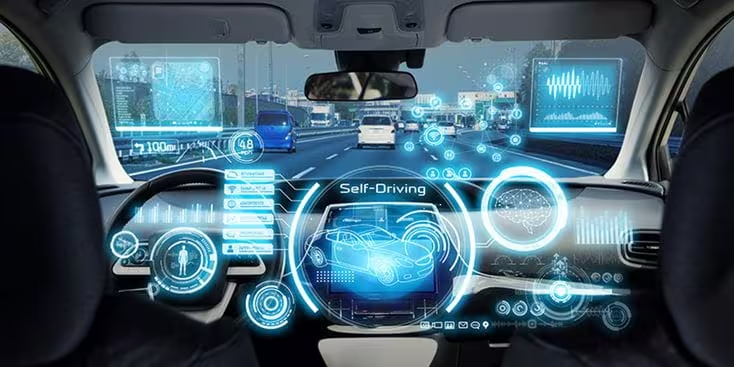Remember that phrase, "If the car had progressed as fast as the computer, we'd all be in flying...
The Challenges Facing Legacy Automotive in Converting to an All-EV Approach (Clone)

The rise of electric vehicles (EVs) has prompted the automotive industry to shift from traditional gas vehicle manufacturing to an all-EV approach. However, this transition is a challenging feat, especially for legacy vehicle Original Equipment Manufacturers (OEMs). These companies have been designing and producing gas vehicles for over a century, and transitioning towards electric ones poses significant challenges. While some OEMs have ventured into EV production, others, like Toyota, need to catch up. This article discusses the significant hurdles OEMs face when adopting an all-EV approach and some ways to address them.

Major Hurdles:
1. Designing EV programs with a common PLM tool:
The legacy vehicle design process follows a different path from EVs. Hence, OEMs must change how they design their cars when moving towards electric ones. In doing so, they must consider fasteners, clips, and welds in adapting to electric car manufacturing. This can be achieved by utilizing a common Product Lifecycle Management (PLM) tool that all team members agree to use. Through this tool, previous expertise can be factored in, and our experts' knowledge of EV do's and don'ts can be implemented. At Finding Engineered Solutions, we help OEMs find the right application solutions that provide a foothold for their EV programs. We ensure that obsolescence is avoided and recalls are prevented. Finding Engineered Solutions


2. Ditching Internal Combustion Engine (ICE) architecture:
The ICE-dependent architecture of legacy vehicles can only partially adapt to EVs. The way to go is to build an EV from scratch, focusing on assembly and line speed. It's essential to design and develop a new approach to manufacturing EVs to ensure that they are both energy-efficient and functional. Legacies have 1000s of traditional programs that have everything from torque to alignment spelled out. EV is a new design, so all the metals, plastics, and fastener combos will change drastically. That's a massive change for a 20-year line-working veteran.
3. Having better Tier Percentages:
OEMs relying too heavily on tiers from batteries to chips to shoot/ship plastics will be disadvantaged compared to other companies if over 70% of their work is outsourced. Tesla, for example, can provide absolute control over their vehicle's design, build, and quality since they handle most of the work in-house. OEMs must invest in tiers that they can control to avoid unnecessary delays in their EV program.
4. Focusing on the Battery Pack and Charging System:
Designing a proper battery pack and charging system is crucial to any EV program. Good thermal management to maintain range is vital, but an OEM's challenges do not end there. The battery box must be coated/sealed correctly to withstand an e-bake, thus successfully sealing it to make it watertight. With the Tesla casting, removing parts and joining methods from the box is vital. With Finding Engineered Solutions, we can provide the necessary help for OEMs to achieve this.

5. Software Development:
The development and programming of software in EVs is the difference between a good EV program and a great one. Proper software enables the proper functioning of the various EV components. Cross-country firmware updates (OTAs), managing data analytics, and implementing cybersecurity protocols require a lot of hard work and competence. OEMs must put in the necessary work to ensure that their EVs are constantly improving and their users are satisfied.

Conclusion:
Converting from centuries of gas vehicle manufacturing to an all-EV approach is a complicated move that requires considerable effort, dedication, and focus. OEMs must tackle the challenges of designing new EV programs rather than adapting the legacy vehicle design to fit EVs. They must also ensure they have more control over their tiers' work, focus on developing a full battery pack and charging system, and put more effort into software development. With these challenges met, OEMs can make significant progress in their EV programs, offering customers a fantastic electric driving experience.
Pic Credit - Software Pic battery box pic PLM Pic EV Birds Nest


